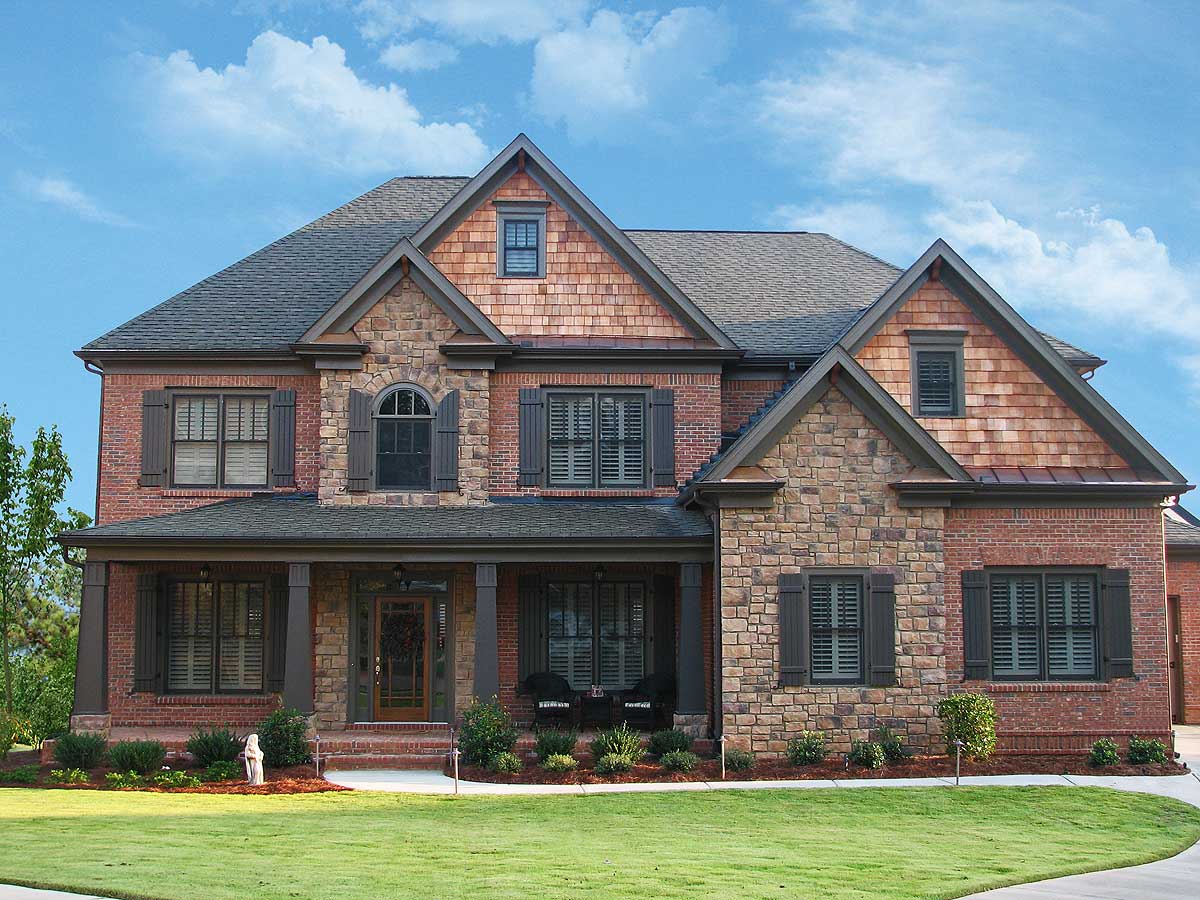Furnishing and Decorating Open House Plans
Open house plan design – Creating a beautiful and functional open-plan living space requires careful consideration of furniture placement, color schemes, and material choices. The key is to balance the openness with defined zones to prevent the space from feeling overwhelming or cluttered. This section will explore practical strategies for achieving a stylish and comfortable open-plan home.
Effective Furnishing to Avoid Clutter
Over-furnishing is a common mistake in open-plan homes. To avoid this, prioritize multi-functional furniture and select pieces that are appropriately scaled to the room’s size. Avoid bulky, oversized items that visually dominate the space. Instead, opt for sleek, streamlined designs and consider using lighter colors to create a sense of airiness. For instance, a sofa with built-in storage can maximize space and minimize visual clutter, while a glass coffee table allows light to pass through, making the room feel more spacious.
Strategically placing mirrors can also create the illusion of more space and enhance the natural light. Remember, less is often more in an open-plan environment.
Furniture Arrangement for Conversation and Flow, Open house plan design
The furniture arrangement should encourage natural flow and conversation. Consider creating distinct seating areas, such as a main seating area with a sofa and armchairs facing each other for conversation, and a secondary seating area with comfortable chairs or a loveseat for reading or relaxing. Maintaining a clear pathway between these zones is crucial. Avoid blocking walkways with furniture.
In a large open plan, consider using area rugs to define different zones without creating visual barriers. For example, a large rug under the main seating area can visually anchor that space while a smaller rug in a secondary area can delineate another distinct zone.
Using Color, Texture, and Lighting to Define Zones
Color, texture, and lighting are powerful tools for visually separating different areas within an open-plan layout. Using different color palettes in each zone can subtly define the space without resorting to walls. For instance, a warmer, more saturated color scheme in the dining area can contrast with a cooler, more neutral palette in the living area. Varying textures through rugs, upholstery, and wall treatments can further enhance this separation.
Layering lighting is also essential. A combination of ambient, task, and accent lighting allows you to highlight specific areas and create different moods. For example, recessed lighting can provide general illumination, while a statement pendant light can draw attention to the dining table.
Materials Suitable for Open Plan Spaces
Choosing the right materials is crucial for both aesthetics and practicality in an open-plan home. The materials should be durable, easy to clean, and visually appealing.
- Hardwood flooring: Durable, easy to maintain, and adds warmth and sophistication.
- Large format tiles: Create a sense of spaciousness and are easy to clean.
- Durable upholstery fabrics: Choose fabrics that are stain-resistant and easy to clean, such as microfiber or leather.
- Natural materials: Incorporating natural materials like wood, stone, and rattan adds warmth and texture, creating a calming atmosphere.
- Low-maintenance surfaces: Opt for countertops and backsplashes that are easy to wipe down, such as quartz or granite.
FAQs: Open House Plan Design
What are the best materials for open plan flooring?
Hardwood, large-format tiles, and polished concrete are popular choices for their durability and ability to create a cohesive look across multiple zones.
How can I improve acoustics in an open plan space?
Employ sound-absorbing materials like rugs, curtains, and upholstered furniture. Consider adding acoustic panels to ceilings or walls in key areas.
How do I visually separate zones in an open plan without walls?
Use rugs, different flooring materials, lighting fixtures, and furniture arrangements to define distinct areas. Changes in ceiling height or built-in shelving can also help.
What are the common mistakes to avoid in open plan design?
Poor traffic flow, insufficient storage, lack of privacy, and neglecting acoustics are common pitfalls to avoid. Careful planning is key.
Open house plan designs offer a sense of spaciousness and flow, ideal for maximizing natural light. This is particularly advantageous in larger homes, such as those detailed in this resource on 3000 square feet house design , where careful planning is crucial. The open concept allows for seamless transitions between living areas, enhancing the overall functionality and aesthetic appeal of the open house plan.



